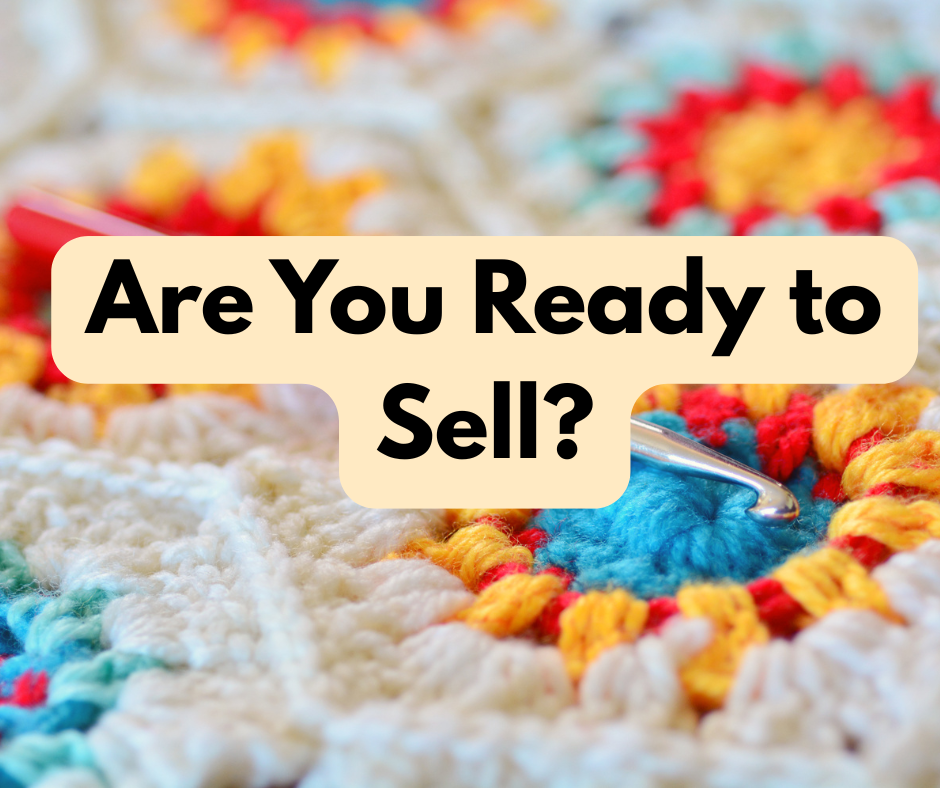Hello there, this post may contain affiliate links which means I may receive a small commission for purchases made through links. I will only recommend products that I have personally used. I greatly appreciate your support!
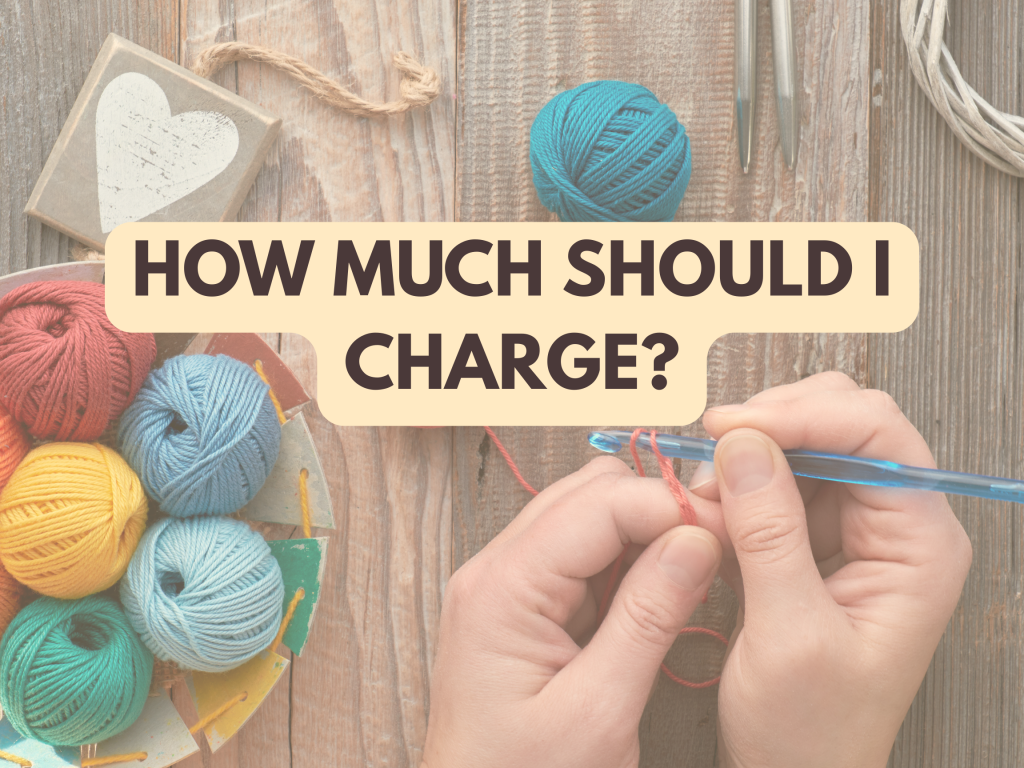
I want to start by saying that this post is opinionated. When making crochet items for sale, many may ask how to price them. There is no right or wrong answer to this question. The item maker controls how much they should charge for the result. However, other factors should be considered when selling your items.
I will discuss my thoughts about when to sell your items, how to make back your cost, the value of your time, my opinions on when to sell, and how overpricing can affect your sales.
Will You Price It Right
If you crocheted a pink elephant and said, “I’ll sell it for $50,” you’d need to ask yourself: Is the item worth $50? Did you add in the price of all the supplies? What is your time worth? Will consumers be willing to buy the item if it is sold at that price? Or are you charging $50 because you have an attachment to that piece?
There is a lot to consider when pricing your items. Let’s start with selling 101: cost. Cost will need to play a significant role in pricing. What did it cost to make that item? This is where we add up all of the raw materials used to make the item. For example, a crochet scarf may have taken a skein and a half of yarn. If those skeins cost you $10 each, you must get back $15 for materials.
Now, let’s consider amigurumi supplies. An amigurumi would consist of yarn, embroidery thread, poly-fil, and maybe safety eyes. All of these items need to be added to the cost. The goal is to get back your raw material cost.
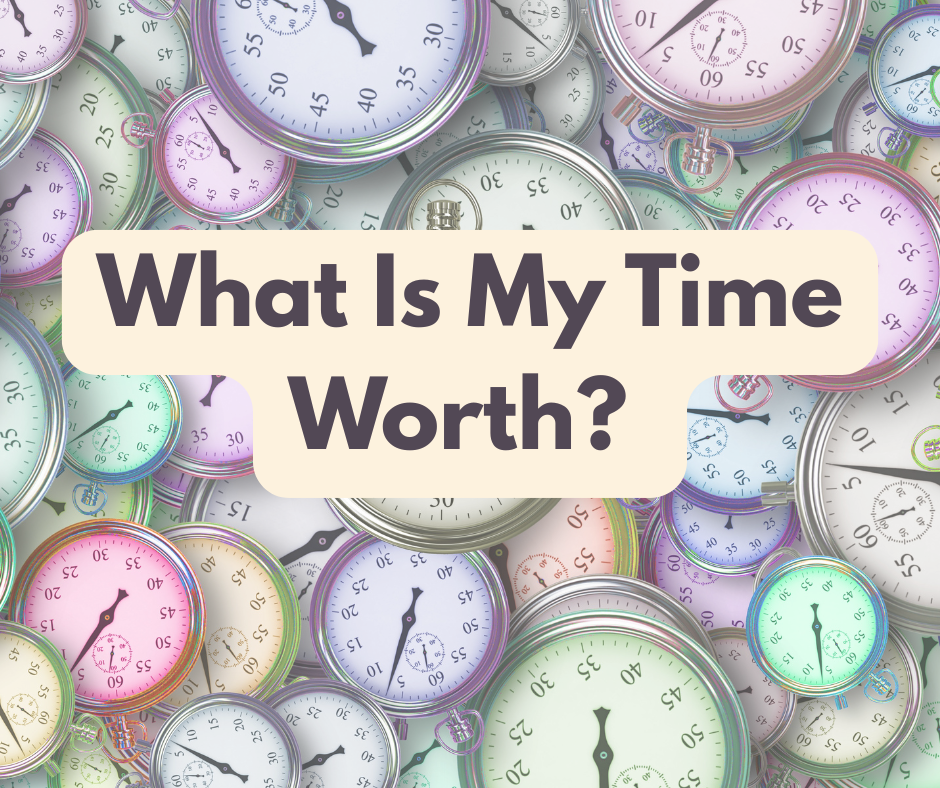
It’s All About Time
Where do I begin when it comes to time? Yes, time is precious and should not be wasted. But there are many opinions about the cost of time. Do you charge by the hour? Do you give yourself a minimal wage? How much should you charge for your time?
There is no right or wrong answer to the cost of time. Each crocheter will have their own opinion about this topic. You’ll also find that the price of various crochet items depends on time. Let me give you an example: If we both crocheted that scarf that cost $15 for materials, and it took me 2 hours to make it and you an additional hour, would your scarf cost more than mine? Probably! Why? Because of time.
Each crocheter’s skill level will determine how long it takes to complete a project. Let’s take the same scarf project and pay ourselves $5 an hour. If it takes me 2 hours to make the scarf plus the $15 for materials, I will charge $25, while you would charge $30. If you decide to charge by the hour, your skills will play a key role in your pricing. It will take a beginner crocheter to complete a piece longer than an experienced crocheter, so charging by the hour may not work for your end sale price.
What rate would you set if you charged by the hour? I know of some crocheters who charge their state’s minimum wage. I live in Illinois, and the minimum wage here is $15 an hour. If we take that scarf project, add the $15 for material and an additional $30 for the two hours it took me to make, then I will have to sell that scarf for $45. For a handmade item, that may not seem too bad.
If you crochet amigurumi, you know they take longer to make. More detail is put into them. So, when it comes to time, consider your skill level and what a fair wage is for you. However, keep in mind that consumers may consider high prices to be excessive.

Is The Price Too High
A few years ago, my sister and I took our kids to a local farmers market, where this lady was selling crocheted octopuses. The octopus was about 9 inches long and made of acrylic yarn, with spiral crochet legs. The woman was selling them for $15 each. At that point, I had never crocheted and knew nothing about amigurumi making. All I knew was that the price seemed reasonable for a handmade item and affordable enough to buy some for our children.
As a fiber artist, you know what goes into making your products, including the time you spend on them. As the maker, you want to get back all that you put into that item. You have a sentimental investment in your work. But will your customers feel the same way?
Take a moment and imagine that you know nothing about crocheting. You don’t understand the process of sewing an amigurumi together or how long it takes to crochet each item. You are strolling down an aisle at a craft show and see these cute little handmade crochet animals. Now ask yourself, what price would you pay for a crochet toy?
Return to the pink elephant you may have wanted to sell for $50. Would a customer consider that handmade elephant worth $50, or would they think it’s an overpriced toy? If you sell it for $35 or $40, would that be a more reasonable price to the customers? No matter what, you, as the creator, have control of your prices and sales profits.
Here’s my tip that may boost your sales: crocheters are currently crocheting all of their amigurumi in a plushie yarn. We also know that plushie yarn can get expensive, making your knitted toys more costly to some consumers. If you are not making enough sales because of your prices, I advise selling the item you crocheted in the plushie yarn in an alternative yarn that you can sell at a lower cost.
It’s a win-win situation: You make a sale, and the customer chooses the amount they wish to pay.
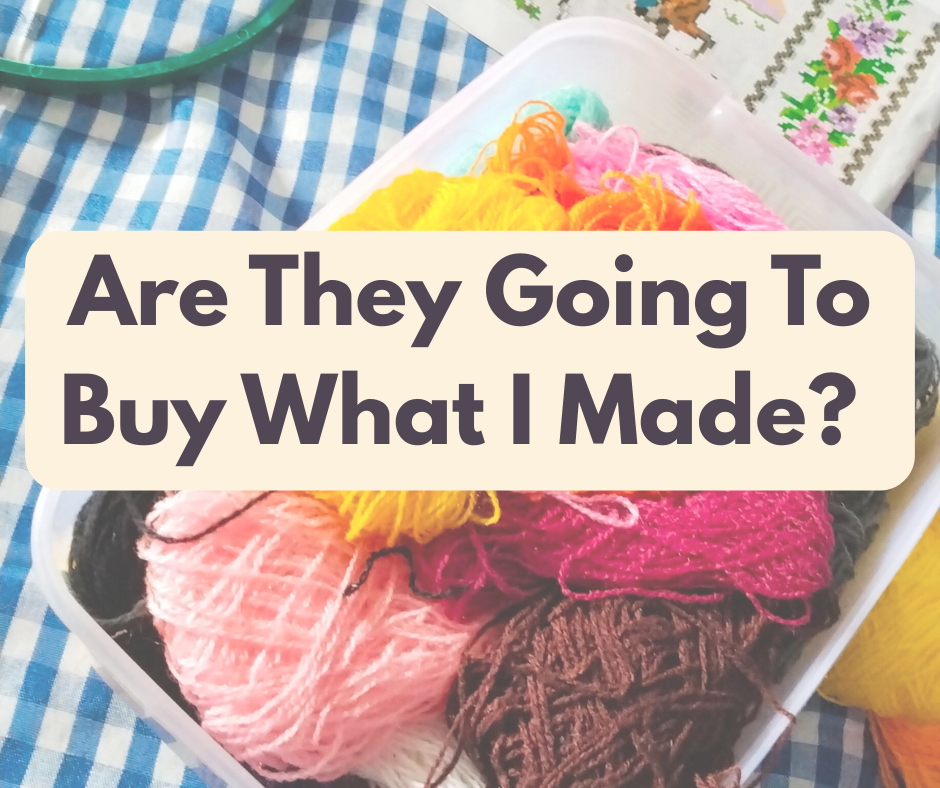
Yeah, Or Neah
When it comes to selling your items, ask yourself these questions: Am I ready to sell my items? Do they look appealing enough to buy? Will others think my items are good enough to purchase? When should I sell my things, or should I wait?
There is no right or wrong answer to when you should start selling your items. Remember the saying, “practice makes perfect”? Just because you learned or taught yourself to crochet doesn’t mean you should jump into selling.
I see so many posts on social media where beginner amigurumi makers ask, “How much should I sell my amigurumi for?” and other crocheters point out the flaws in their work. The truth is, just because you learned the craft doesn’t mean you should sell it immediately.
I taught myself how to crochet in 2019 and then jumped into making amigurumi. My beginning items sucked! My sewing was horrible, my stuffing showed through the stitches, my ears were off-center, etc. Not worth selling. I practiced repeatedly, and it got better each time I made one. I soon started to sell to family members. I sold them cheaply to return my raw material cost and a bit of time. As the years passed, my skills have grown a lot. I learned the crochet tricks like yarn under so my stuffing doesn’t show. Bought better tools for holding my toy’s body parts in place for sewing. I now feel confident about selling my amigurumi at a higher price. My customers encourage my work and refer me to other clients.
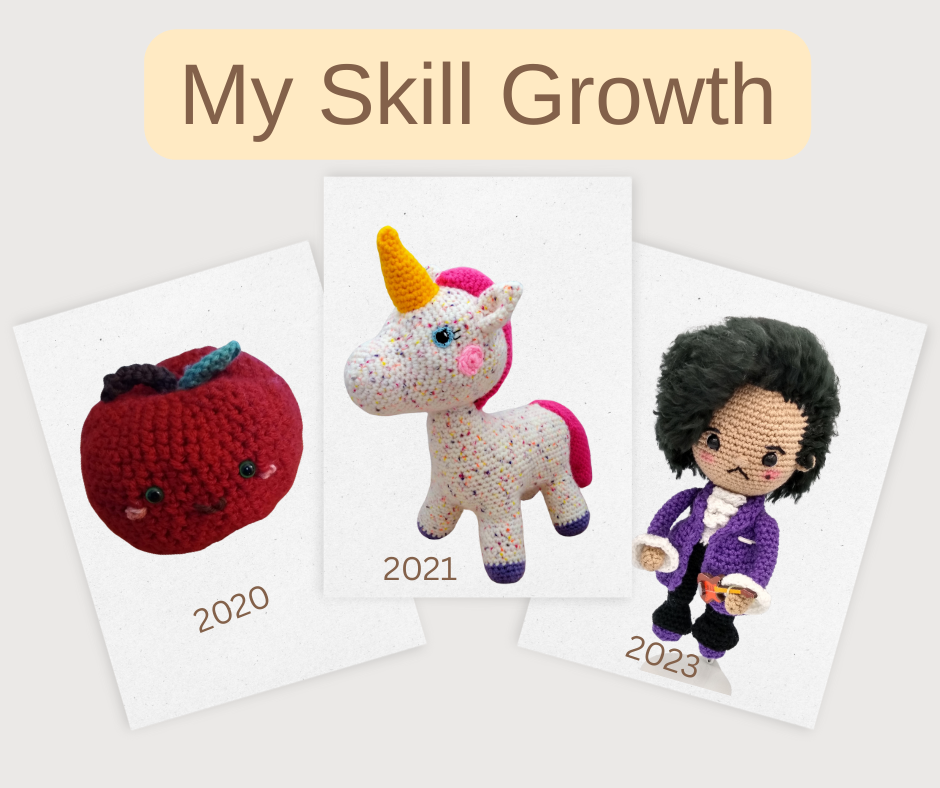
Here’s my advice for crocheters, especially amigurumi makers: If you are brand new to this skill, keep practicing. Take yourself out of your comfort zone, experiment with various yarns, and don’t just stick to the same no-sew patterns. Build up your skills and techniques. One way is to make items from various crochet and amigurumi designers. Learn their skills to build your own.
Start by selling your items to relatives and friends. Start branding yourself and your work. Work on getting back your raw material supply cost. If it takes several hours to complete a project, don’t worry, your skills and time will improve. Don’t feel you need to charge the same price an experienced crocheter would charge. The more you advance your skills, the better your skills will become.
And when you feel your items are spot on and worth selling for more, do it! Build your skills from amateur to rock star. Sell online, rent a booth at a local vendor show, and create and sell a pattern. The more you practice, the better your skills will be and the quicker you’ll become. Practice will make your items look perfect.
Happy Crocheting Journey!
